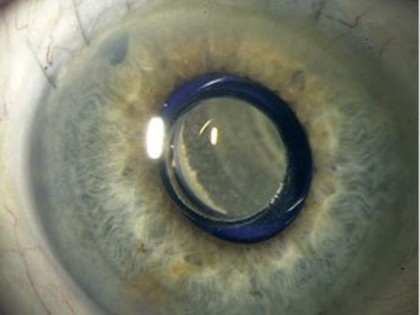New Brit-developed 3D tech is easier on the eye
No longer a binocular disparity
A British scientist is developing a new technology that he hopes will allow headache-free 3D glasses for everybody soon.
A small minority of 3D movie viewers still complain that they get headaches from using current 3D specs at their local multiplex.

"The I" offers natural 3D
British scientist Rob Black hopes to develop a new 3D glasses technology, based on an original idea from a Polish optical scientist named Moritz von Rohr first outlined back in 1907.
Von Rohr's Synopter was a tech that could make two-dimensional images appear in 3D, using an arrangement of lenses and mirrors. Yet it failed as a commercial device, because it was too costly.
Rob Black is a PhD psychology student specialising in visual perception at the University of Liverpool.
Black has built a device he has called "The I" which he claims can produce a 3D experience from a 2D source image or video.
Sign up for breaking news, reviews, opinion, top tech deals, and more.
No longer a binocular disparity
Traditional 3D systems that many of us are now used to from the latest Disney and Pixar blockbusters at our local cinemas are based on a system called binocular disparity – which effectively tricks the brain into perceiving an image of depth emerging from the screen.
With "The I" both eyes see an image from the same pearspective, with the image being perceived as if it were a window the viewer was looking through, based on a perceptual trick called synoptic vision
Black claims there will be no headaches with his new tech, which some complain about with binocular disparity-based 3D technologies.
"Even if you use the world's best 3D kit, it can still present conflicting perceptual information," Black told New Scientist this month. "By turning off that conflicting information, you can enjoy the scene in the way the artist depicted.
"I think 3D is impressive at the moment, but with this we can get significantly closer to reality simulation."
We will be sure to keep a close eye on Black's development of his current 3D prototype tech.
Via New Scientist
